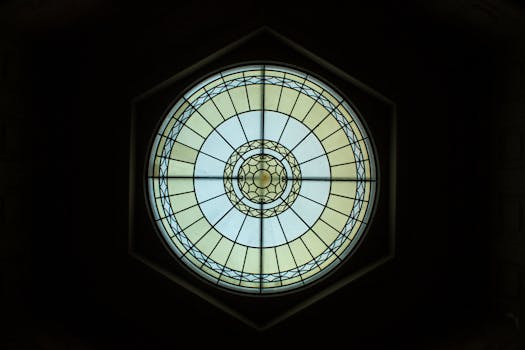
Traveling Through Time: How Europe’s Historical Heritage Shapes Modern Lifestyles in 2025
Traveling Through Time: How Europe’s Historical Heritage Shapes Modern Lifestyles in 2025. Europe, with its vast and diverse historical heritage, has long been a source of fascination for people around the world. From the ancient ruins of Greece and Rome to the medieval castles of England and France, the continent is home to a wealth of cultural and historical treasures. But Europe’s historical heritage is not just a relic of the past; it continues to shape modern lifestyles in profound ways. In this article, we’ll explore how Europe’s rich history influences contemporary culture, from architecture to art, cuisine, and beyond.
The Architectural Legacy of Europe
One of the most visible ways in which Europe’s historical heritage shapes modern lifestyles is through its architecture. From the grand Gothic cathedrals of Paris and Cologne to the sleek, modernist skyscrapers of Berlin and Barcelona, the continent’s cities are a testament to the power of design to reflect and shape cultural values. Many of Europe’s most famous landmarks, such as the Eiffel Tower and Big Ben, have become iconic symbols of national identity and are instantly recognizable around the world.
The Artistic and Cultural Heritage of Europe
Europe’s historical heritage has also had a profound impact on the continent’s artistic and cultural landscape. From the masterpieces of Renaissance artists like Leonardo da Vinci and Michelangelo to the innovative works of modernists like Picasso and Dalí, European art has long been at the forefront of global creative expression. Today, Europe’s cities are home to some of the world’s most renowned museums and galleries, such as the Louvre and the Tate Modern, which attract millions of visitors each year.
The Culinary Delights of Europe
Another way in which Europe’s historical heritage shapes modern lifestyles is through its cuisine. From the rich, hearty dishes of German and Austrian cuisine to the light, flavorful meals of Italian and Greek cooking, European food is incredibly diverse and reflects the continent’s complex history of cultural exchange and migration. Many of Europe’s most famous dishes, such as pizza and pasta, have become staples of modern cuisine around the world, while others, like traditional British fish and chips or Spanish tapas, remain uniquely tied to their local contexts.
Conclusion
In conclusion, Europe’s historical heritage continues to shape modern lifestyles in profound ways, from architecture to art, cuisine, and beyond. As we look to the future, it’s clear that this rich cultural legacy will remain an essential part of the continent’s identity and a source of inspiration for generations to come. Whether you’re a history buff, a foodie, or simply a curious traveler, Europe has something to offer everyone, and its historical heritage is sure to leave a lasting impression.






